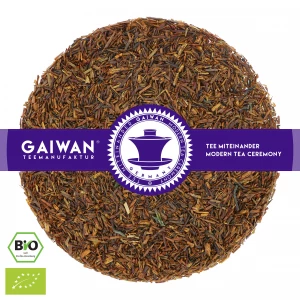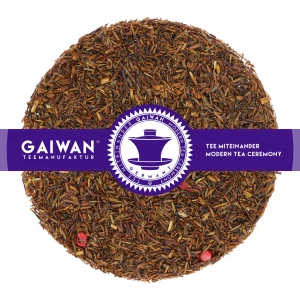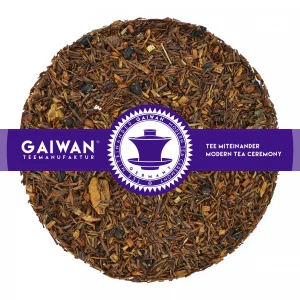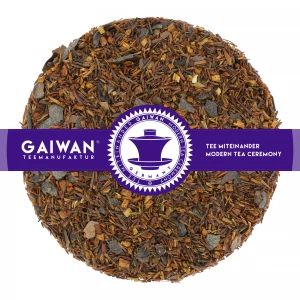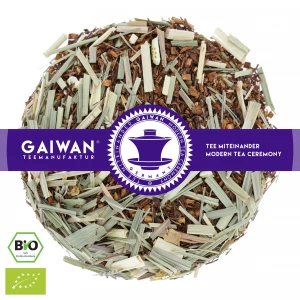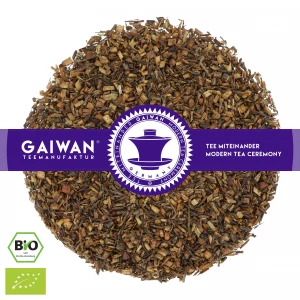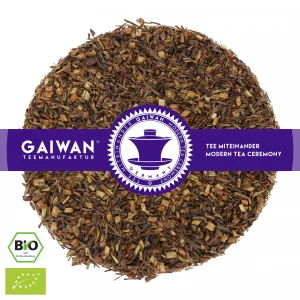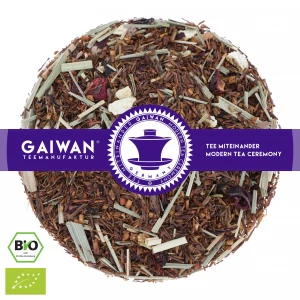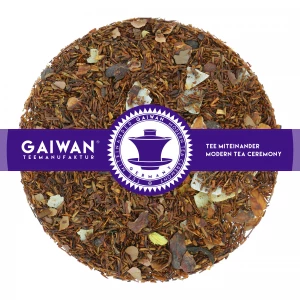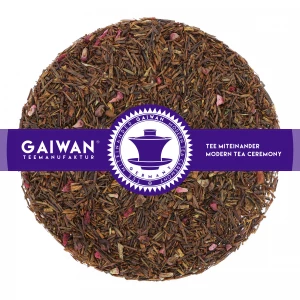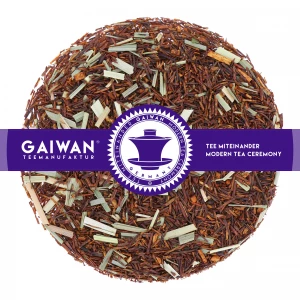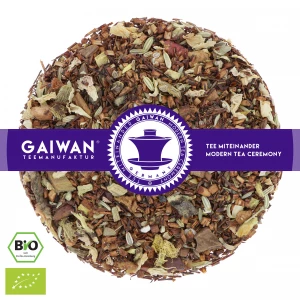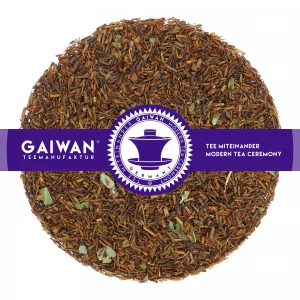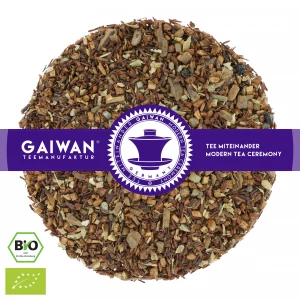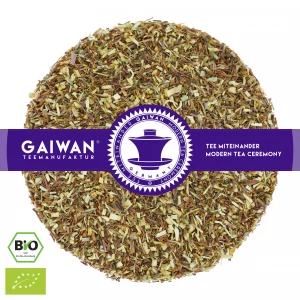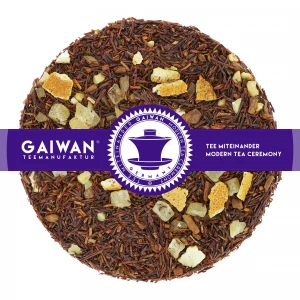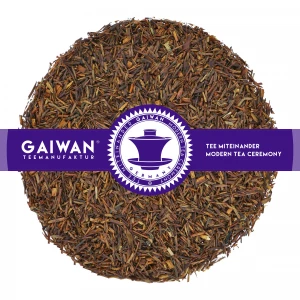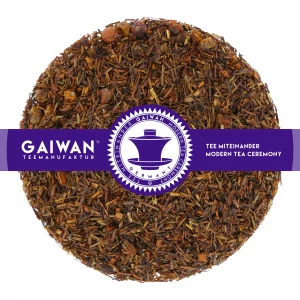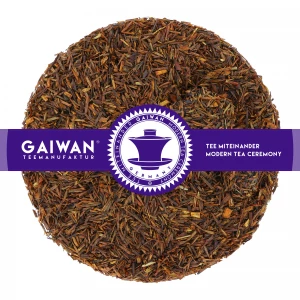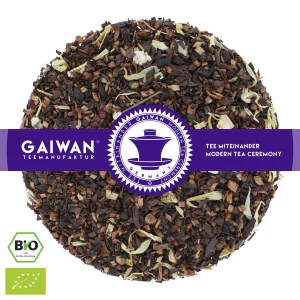Rooibos (Redbush Tea)
Tea connoisseurs know: there is one tea plant, the so-called Camellia Sinensis, as well as a handful of offshoots such as the Camellia Assamica, from which virtually all tea varieties are made. These are the basis for all the green, white, yellow and black teas that so regularly caress our palates. But there is actually one exception that has nothing in common with these plants, but belongs to a completely different genus and comes from South Africa. We are talking about the Aspalathus Linearis, better known under the African name Rooibos.
In the article below, we would like to introduce you to this plant and the teas associated with it. Enjoy a warming cup of Rooibos Chai while you read.
Continue reading:
What is Rooibos Tea?
Rooibos, also known as redbush, is a shrub that looks relatively similar to our native broom. It has long, thin shoots, needle-shaped leaves and yellow flowers. Both the leaves and the shoot tips are used for tea. The plant grows up to 1.5 metres high and grows under extreme conditions in the western Karoo, a province in South Africa. There, it only rains in winter, while in summer there is complete drought. This interplay provides the perfect conditions for the bush to grow.
Rooibos has only been cultivated on a large scale since the 1930s. Particularly quick-growing plants were bred, which can usually be harvested in the second year. Before that, rooibos was already used as a medicine by the Khoisan people. At the beginning of the twentieth century, the Russian tea merchant Benjamin Ginsberg was the first to establish the worldwide trade in rooibos.
Production of Rooibos Tea
Similar to black tea, the leaves are first dried and then broken up so that they begin to oxidise with the oxygen. This fermentation then provides the delicious taste and the pleasant reddish-brown colour. The quality of the tea depends, among other things, on the harvesting method. Since rooibos plantations are very extensive and the bushes are robust, machines are often used for harvesting. However, stalks can also be processed, which do not add anything to the flavour, but are simply redundant.
Traditionally, rooibos tea is usually harvested by hand with a sickle, but this is generally not economically viable for the commercial trade given the quantity required. Therefore, after fermentation, the dried tea is sorted according to length, colour and flavour. Most of the redundant stems and other plant parts are removed before the tea is packaged and sold either as loose tea or in bags.
Besides the usual red rooibos tea, there is also a special variety: green rooiboss tea. Green rooibos tea is produced in the same way as conventional green tea. The leaves of the rooibos plant are harvested and dried directly in a very gentle way so that fermentation does not occur to begin with. Of course, we also have this delicacy for you in our assortment. Green rooibos tea is milder and lighter in taste than fermented rooibos tea and definitely worth more than one taste.
Rooibos Tea Health Benefits and Taste
Rooibos tea tastes great on its own or as the basis for many exciting tea creations. You can of course order our certified organic rooibos tea, which we use for all our rooibos blends (with the exception of the green rooibos tea), in its pure form. Rooibos has a soft and mild flavour that occasionally even contains a slight hint of vanilla. If you want to intensify this flavour, you can try our rooibos vanilla tea or our tea blend with cinnamon and vanilla.
As with almost all teas and herbs today, rooibos tea is said to have many positive properties for the human body. It is known that the Khoisan people used the plant as a remedy for gastrointestinal complaints. Rooibos naturally contains very little tannin, which is why it has a very gentle and non-bitter effect on the body. In addition, unlike the traditional tea shrub, rooibos does not contain caffeine. This makes it particularly suitable for children, pregnant women and all those who simply do not tolerate or want to consume caffeine.
Rooibos contains a lot of flavonoids that can be easily absorbed by the body, as well as many essential oils, minerals and trace elements. However, the best confirmed positive effect on humans so far is that rooibos tea can improve cholesterol levels. A study by the Cape Peninsula University of Technology in South Africa was able to prove that the antioxidants contained in the tea have a vasoprotective effect. This was tested on people who already had an increased risk of cardiovascular disease.
In any case, we recommend that you drink our teas above all because they taste particularly good to you and because we have a huge range of predominantly certified organic loose teas. Cheers.

